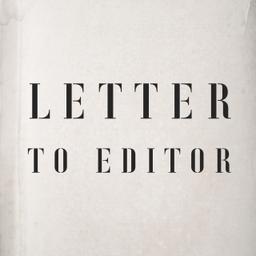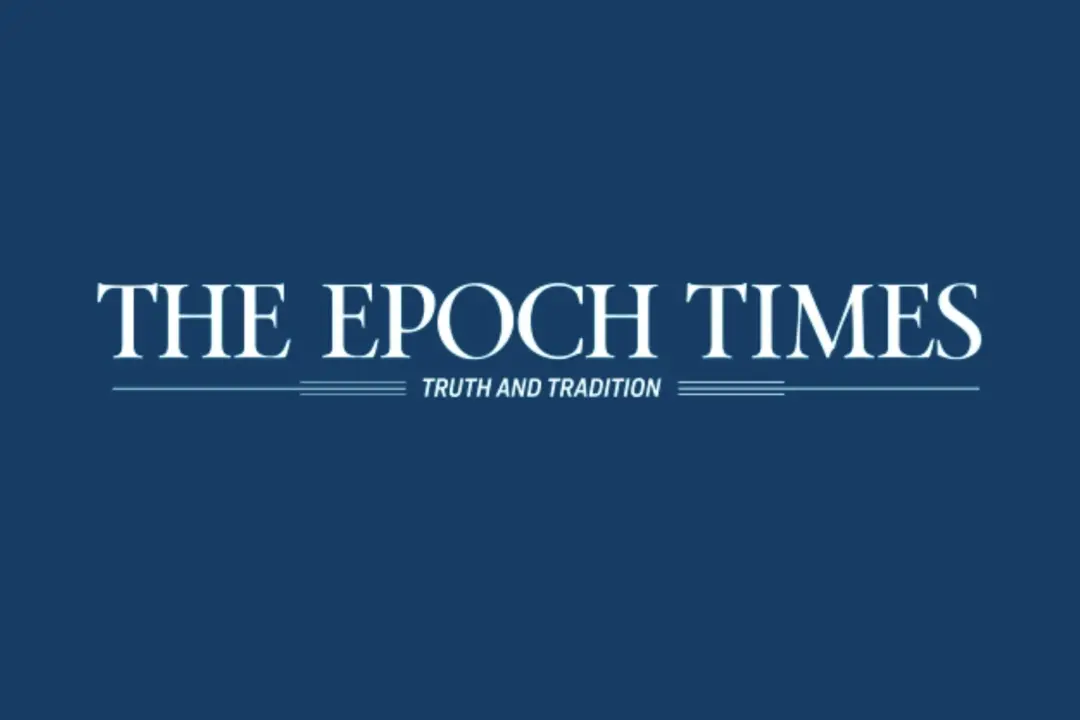Today’s world is awash with fiat money.
Fiat means “let it be so.”
Fiat money is token currency supplied and regulated by governments and central banks. Its value relies on a government decree that it alone must be used as “legal tender” in paying for anything in that country. Its value falls as its supply increases.
Fiat money is not new—Marco Polo described its use in China over 700 years ago. Travelers and traders entering China were forced by Kublai Khan to exchange their real money (gold and silver coins and bars) for his coupons, made from mulberry bark, each numbered and stamped with the Khan’s seal. The Khan decreed that local traders were forced to accept them (“legal tender”). Foreigners got the goods, the great Khan got the bullion, and the Chinese traders got the mulberry bark (a bit like getting the rough end of a pineapple). By controlling the supply and exchange rates for mulberry money, he became fabulously wealthy, and his citizens were impoverished.
During the American War of Independence, the colonial rebels had no organized taxing power, so they printed the Continental dollar to finance the war. As the war dragged on, they printed too many dollars, and its fast debasement gave rise to the phrase “Not worth a continental.” Later, in the American Civil War, confederate paper money used to support the army also became worthless. It was widely referred to as “shinplaster,” after its highest value use in helping to prevent boot chafing.
Financing Big Wars
The last century or so has seen the explosion of big governments and big wars—race wars, class wars, world wars, regional wars, the war on want, the war on drugs, the war on inflation, the war on terrorists, the war on carbon, and now the COVID world war.All wars cost heaps of money. They are so expensive that to raise the full cost from honest taxes alone would cause a revolt.
We have seen the death of much of the world’s funny money in just the last 40 years. For example, in Peru, 1 million intis would buy a modest home in 1985; five years later it would not buy a tube of toothpaste. Brazil had so many new banknotes they ran out of heroes to print on them.
Most governments are good at destruction—concentration camps, gulags, dictatorships, genocide, mob rule, world wars, and ... the destruction of sound money. Fiat money is their underhand method of official larceny, and few people realize that robbery is happening until it’s too late.
‘You Can’t Print Gold’
Real money is always measurable by weight, such as pounds, grams, pennyweight, and ounces of gold and silver, or carats of gemstones. It cannot be counterfeited or corrupted easily. But the value of fiat money relies on the honesty and openness of the rulers.What is the cause of inflation and devaluations? It is simply loose monetary policy (watering the monetary milk). With the spread of democracy and more violent forms of mob rule, governments try to pretend they can satisfy the demands of the mob/electorate without taxing anyone. Today’s COVID cash splash is an extreme example.
Even a monetary fool such as Fidel Castro could see what caused Cuba’s inflation. In 1993, he stood up at a rally and declared, “There are 9 billion too many pesos in Cuba.”
Dictators solve this problem by regular currency recalls. They declare yesterday’s shinplaster worthless and issue a new lot, favoring their cronies, bankers, and patrons. Eventually, none of their paper money is acceptable, even with legal tender backing, and barter or a foreign currency like the U.S. dollar gains circulation.
Fiat money allows politicians to secretly steal your savings to fight yet another war on someone or something. Next we will see a war on “speculators,” or “hoarders,” and calls for a world currency.
U.N. one-worlders will not let this COVID crisis go to waste. They dream of one-world government (the “National Cabinet” writ large) with no circulating cash and mandatory use of digital money (credit card currency). The climate alarmists would also like to use a digital money monopoly to promote their war on carbon. They could control and ration what we buy and consume—lettuce, tofu, bicycles, and green energy only, with no overseas trips and no secret buying of diesel, bacon, or beef.
We have already seen the start of their war on cash—digital money will join mulberry money, shinplaster, and cubic currency in the long history of failed political money. While people are focused on social distancing and contact tracing, one-worlders are secretly planning to recall banknotes and abolish cash. Then they can ration the “money” available to each of us each month (cutting it off for white males once they reach their “use by date”?).
Does anyone believe the euro would have survived World War II? Would the Islamic world or China accept a currency based largely on the political promises of an enemy such as the United States? Only real money like gold, silver, and barter goods are universally acceptable across all borders.
The euro has been weakened by Brexit and the Climate Wars—it will not survive a real crisis. The Soviet rouble block, established by force and maintained by official counterfeiting, could not survive withdrawal of the Red Army. And the globo-dollar? Never.
Imagine the future of credit card electronic money when hackers or a neutron bomb destroys the electrons backing it. Or when the green energy grid collapses and the swipe-and-go terminals go blank? What will you use to buy food or fuel on the day after tomorrow?
Will Cash Be the Biggest COVID Casualty?
We should oppose all sly moves to ban cash transactions in favor of the universal use of credit cards on the flimsy excuse that handling cash may spread the coronavirus. Don’t let our cash money become the biggest COVID casualty. Swapping paper money for a monopoly of electronic money is a bad deal.And we should always be free to save our cash and protect the value of our savings by investing in real assets or sound money like gold and silver. No tin-pot dictator, when he fled, took his own currency. For many people in the world, a store of gold coins, silver coins, gem stones, or a bit of productive land has allowed them to survive or escape when their government became too oppressive or lost a war, and the local fiat money became a cubic currency.



